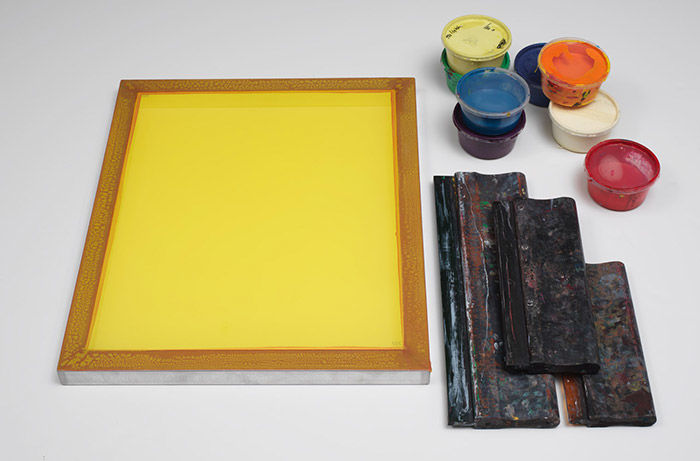Tomato-Beef Noodle O's from Campbell's Soup II
Andy Warhol American
Not on view
Before he became one of the best known artists of the postwar period, Andy Warhol found great success as a commercial illustrator in New York City. After studying pictorial design and painting at the Carnegie Institute of Technology (now Carnegie Mellon University), he moved to New York City, where he supported himself by producing images for advertising and fashion magazines. He continued to make art, which he exhibited in various small galleries and other venues in New York, yet Warhol viewed his commissioned work as distinct from his artwork, which, at that time, often reflected the legacy of both Abstract Expressionist artists and the influence of more recent figures, such as Jasper Johns and Robert Rauschenberg. Warhol found source material for his art from such things as advertisements, comics, and stories from magazines and newspapers. Active brushstrokes combined with drips and splatters functioned as signs not only of the gestural impulse, but also, in a nod to artists of the previous generation, a kind of reference to creativity and originality made visible; yet paradoxically, it was by embracing not only the imagery of mass culture but also its aesthetic and means of production that he developed the qualities that made his art so distinctive and influential.
Around 1962, Warhol adopted a more graphic and detached style comprising bold and often contrasting colors, crisp outlines, and commercial imagery. Screenprinting was well suited for his art as it enabled him to repeat images derived from photographic sources multiple times—even within the same painting or print—in a variety of media and colors. It also allowed him to highlight both the detached quality of the process and the imperfections (such uneven tone, smudges, gaps, and signs of irregular printing) often found in commercial production. Marilyn and the Marilyn portfolio were the first prints Warhol produced and published through Factory Additions, New York, a company he created to produce and distribute prints based on the motifs — such as Marilyn, Campbell’s Soup, and Flowers— for which he was best known. Its name makes reference to both Warhol’s studio, known as The Factory, and the aural similarity of "additions" and "editions," the latter being a printmaking term that refers to the number of identical impressions created from a matrix and which are often signed and numbered by artists.

